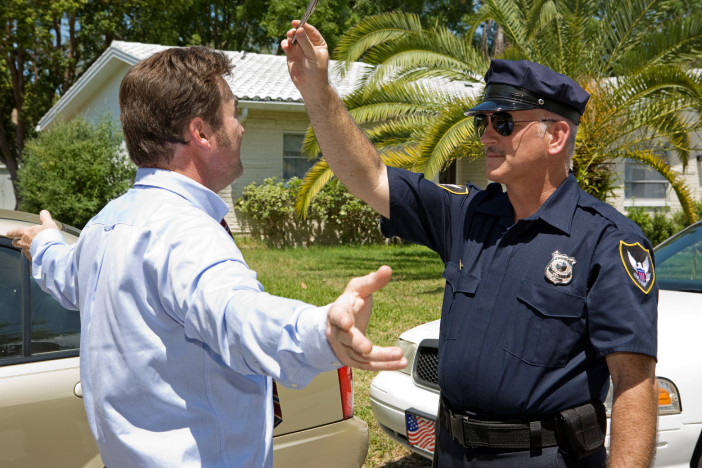We’ve all likely passed someone on the highway being tested by a police officer. You may have even been tested yourself. But what are field sobriety tests? What are police looking for? And are these tests accurate?
THREE STANDARD TESTS USED TO DETECT IMPAIRMENT
The point of a field sobriety test is for a police officer who suspects drunk driving to determine if chemical testing (usually a breathalyzer) is warranted. There are perhaps dozens of non-standard tests, but most police departments use the three tests approved by the National Highway Traffic Safety Administration. These are known as standardized field sobriety tests (SFSTs). They include:
The one-leg stand: The participant is asked to stand on one foot and lift the other foot off the ground. They must hold this position for 30 seconds or so. The officer is looking to see if the participant can stand without excessive wobbling or falling over, both of which could indicate intoxication.
The walk-and-turn test: The participant must walk heel to toe in a straight line, turn around and come back the other way. The officer may require a certain number of steps. The test measures balance and the ability to follow directions.
The horizontal gaze nystagmus: The officer instructs the participant to follow a moving object (like pen or a finger) with their eyes while the officer observes how they move. When our eyes move from side to side, there is a certain angle at which they involuntarily jerk. According to the developers of the test, this angle is shallower when someone is impaired by alcohol.
ARE THE TESTS ACCURATE?
Whether SFSTs are accurate is a matter of much debate. The NHTSA claims they are reliable indicators of intoxication, which is why they are standardized nationwide. However, it is very possible to fail these tests when completely sober (and to pass when impaired). You might have balance issues because of an unrelated health problem or just due to being out of shape. You might suffer vision issues that make the horizontal gaze nystagmus test unreliable. You might also have difficultly following directions on the side of a busy and loud highway in the dark.
SFST results are not typically enough evidence to charge someone with OWI, much less secure a conviction. But they do provide an excuse for officers to administer a breath-alcohol test. The interpretation of the results is often subjective and can sometimes be challenged in court if the test was captured on video.
If you’ve been arrested for drunk driving, this is one of the many aspects of your case that a good OWI defense attorney will examine when determining your legal options.



